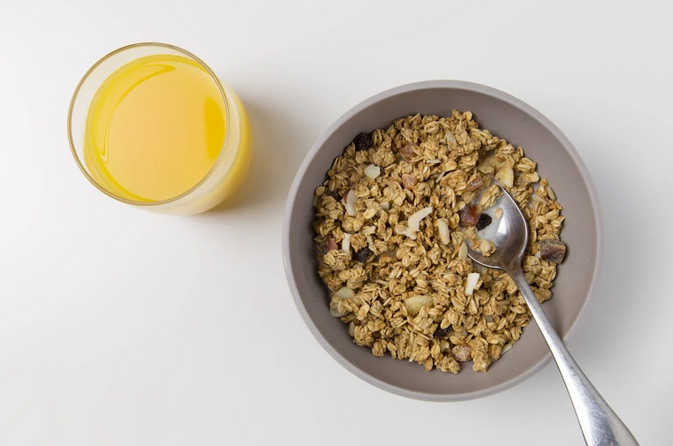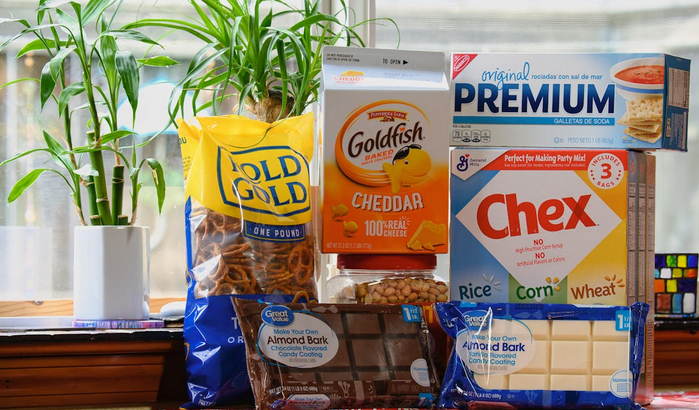Selecting the best organic cereals can feel like navigating a maze. With so many options on grocery store shelves, how do you choose one that truly meets your health needs? Whether you’re aiming to boost your breakfast game or simply want something nutritious to start your day, knowing what to look for is essential. Organic cereals like often promise wholesome ingredients and better nutrition, but not all are created equal. Bio Getreide has been a top choice of many Germans because of its quality. Now, let’s explore the key factors that will help you make an informed choice and turn your morning routine into a deliciously healthy experience.
Check for Certification
When shopping for organic cereals, the first step is to check for certification. Look for labels that indicate the product meets USDA Organic standards. This ensures that the ingredients are grown without synthetic pesticides or fertilizers. Certification also means no genetically modified organisms (GMOs) are present in your cereal. Knowing your food comes from responsible farming practices can give you peace of mind. Keep an eye out for other certifications too. Some products might be labeled as Non-GMO Project Verified or Certified Gluten-Free if those attributes matter to you.
Read the Ingredients List

When selecting organic cereals, the ingredients list is your best friend. It reveals what you’re actually putting in your body. Look for whole grains as the first ingredient. Whole oats, brown rice, or quinoa are excellent choices that pack a nutritional punch. Avoid cereals loaded with artificial additives and preservatives. Next, check for any hidden sugars. Ingredients like high fructose corn syrup can sneak in under various names. Ideally, sugar should be low on the list if it appears at all.
Evaluate the Amount of Sugar Added
When choosing organic cereals, sugar content is a crucial factor. Many cereals claim to be healthy but can pack in surprising amounts of sugar. Start by checking the nutrition label. Look for total sugars per serving and remember that not all sugars are created equal. Naturally occurring sugars from fruits or grains differ from added sugars, which often sneak into processed foods. Aim for options with lower sugar levels—ideally under 5 grams per serving. This will help you maintain stable energy throughout your day without the highs and lows caused by excessive sweetness.
Consider Fiber Content

When choosing organic cereals, fiber content plays a crucial role in your overall health. Fiber aids digestion and helps maintain steady energy levels throughout the day. Look for cereals that contain at least 3 grams of fiber per serving. This is often a good indicator of a product’s quality and its ability to keep you feeling full longer. Whole grains are typically rich in fiber, so prioritize options made from oats, barley, or whole wheat. These ingredients not only offer better nutritional value but also add texture to your breakfast bowl. Some cereals might enhance their fiber count with added ingredients like flaxseeds or chia seeds.
Check the Protein Source
When choosing organic cereals, the protein source matters significantly. Look for options that incorporate whole grains like quinoa or oats. These provide not just energy but also essential amino acids. Many cereals boast added proteins from sources like nuts and seeds. Almonds, chia seeds, and hemp are excellent additions that enhance both flavor and nutrition. They contribute healthy fats as well. Some brands include plant-based protein powders derived from peas or brown rice.
Selecting the best organic cereals can significantly impact your health and well-being. By checking for certification, you ensure that what you’re consuming meets strict standards for organic practices. A thorough reading of the ingredients list helps you avoid unwanted additives and preservatives. Taking all these factors into account will guide you toward making informed decisions when shopping for organic cereals in an increasingly diverse market filled with options. Your breakfast choice can be both nutritious and enjoyable when approached thoughtfully.…




 Lastly, why not cultivate some healthy
Lastly, why not cultivate some healthy